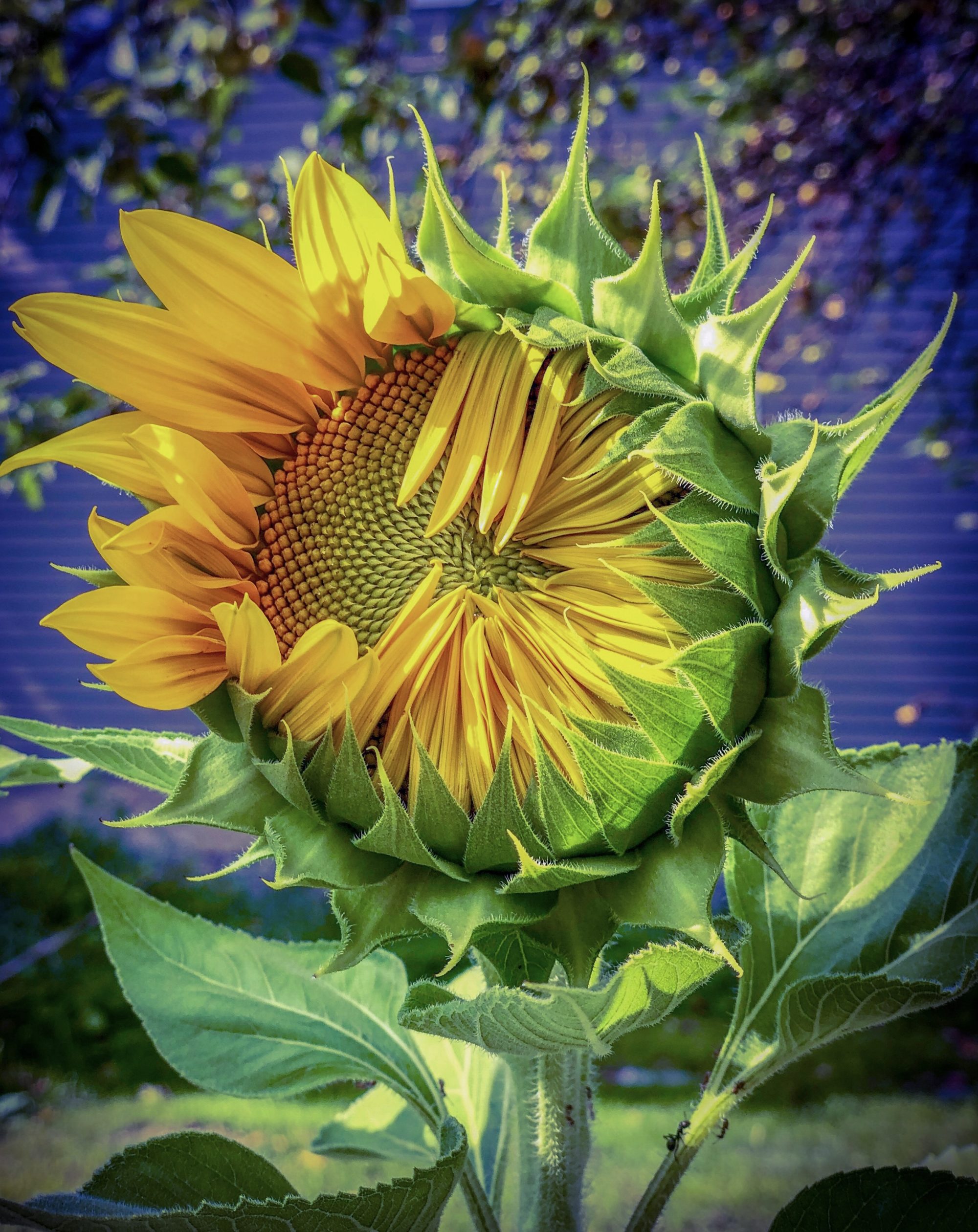. . . consider the lilies of the field and how they grow,
they don’t work or make their clothing,
yet Solomon in all his glory was not as beautifully dressed as are they . . . ”
— Jesus
A friend and I talked last week about her memory of past lives.
As we spoke, I pointed out that many who believe in reincarnation think of it as linear, think that it happens on a plane of cause and effect, as though we were born in the past, died, and then were reborn.
But there’s another way of viewing reincarnation, a perspective less tethered to discrete lives and histories, then to Consciousness and its unfolding.
Anita Moorjani gives an unforgettable take on this perspective.
In her book, “Dying To Be Me,” Moorjani describes her descent into stage four cancer, her physical death, and what happened on what many call ‘the other side.’ Moorjani clinically died, and when she came back, she began healing.
No trace of her Hodgkin’s Lymphoma now exists.
As with many NDE (Near Death Experience) stories, she made the choice to come back, after seeing why she had become cancer ridden. While on the other side, she understood that she would heal if she returned, and she chose to serve by sharing her revelations.
Many doctors and experts have looked at her case history: none believe she should be living, let alone cancer free.
It’s a compelling story, powerful in its revelations, the details worth reading in her book.
For this entry, I offer one specific. While dead, freed from time and the body, Moorjani experienced that everything happens all at once. Time is an illusion, reality lies behind the visible — the invisible is reality’s substance, and what we perceive in and as time is a phantasmagoria.
Time’s illusions tell us that life is discrete, and reincarnation means that we live many lives on the horizontal historical axis. But in the unseen reality, we live those lives simultaneously, in the unfolding of life. And Consciousness.
I didn’t think too much about my discussion with my friend about her past lives, until after a meditation session a day or two after.
Two images came to my mind during this meditation, and keep coming to mind: a deer grazing in the forest. and a small group of delicate wild flowers blooming.
Past lives, as I felt them. I saw myself as a deer, and then as a little cluster of flowers. I didn’t go looking for these images, and found them strange.
Another hiccup of idiosyncratic spirituality, I decided.
After my meditation, I puttered in the kitchen, and I realized while washing dishes that most past life experiences are remembered as human histories. I don’t think these memories are incorrect, but I believe them narrow.
In our limited perception, being a doe in the forest, grazing among fallen leaves, placidly living an unassuming existence, isn’t enough; in the unfolding of Consciousness delighting in itself, we dismiss ourselves as an ephemeral cluster of magenta wildflowers clothed in a grandeur greater than Solomon’s glory.
We believe that human existence is enlightenment’s summa expression. In truth, human incarnation and its privileges limit our perception and awareness.
What magnificence we overlook in our shortsightedness. To be a deer quietly foraging on an autumn day. Or a dew decorated flower in the early morning. Or a wild horse running under an open sky, warm sand under sure hooves, along an empty shore. Or a tree arching and reaching with other trees, creating an open air cathedral, wind through rustling leaves our unmatched musical veneration of life.
Moorjani writes that the message she returned to give is that life is magnificent.
All of it, all at once. Creation breathes in and out in an effortless orchestration of Being.
Magnificence is her message. Everything is magnificent in life’s unfolding, in life expressing and returning to itself, flowing through us and returning to us as we open ourselves to it. Our only duty is opening to awareness, and trusting in magnificence.
Historically, the collecting and redaction of Jesus’ words haven’t been neutral. And I think it important and overlooked that Jesus never wrote anything, though he is portrayed as one who publicly read from the scriptures. Whether or not Jesus historically lived doesn’t matter, as the person portrayed chose not to write their teachings, because the message wasn’t bound in time’s illusions: the message was one of life and its presence. The person described by others gave himself to the affectionate and detached awareness of that beyond understanding, living in and through Love. Not perfection, but Love. Joseph Campbell wrote, “God is a metaphor for that beyond human understanding.” Love is the vehicle we have for transcending our limited understanding, the reality which is itself Love.
Despite history’s corruptions, Jesus most certainly taught that flowers are magnificent in their effortless beauty and grace: allow yourself to become as them. Understand life in ways greater than you’ve believed: give up shortsighted stories, embrace the Kingdom. Imagine yourself a deer, or a simple cluster of flowers that are here today, and gone tomorrow. In doing so, touch the edges of Love’s intimate and limitless depths, the reality behind the illusions, and the everlasting.
To be alive is a miracle, be it deer, flower, or human.
